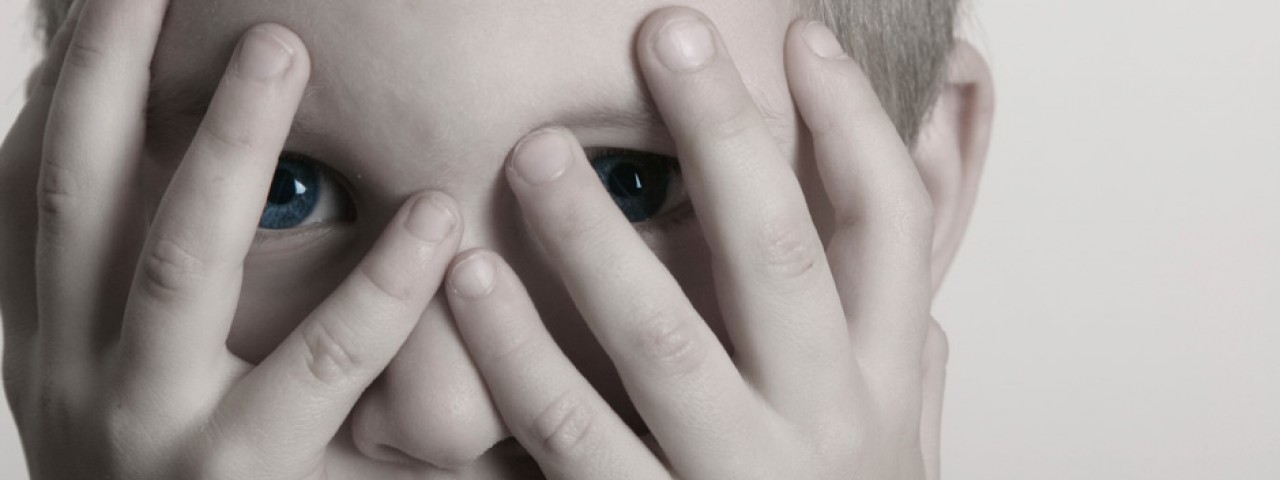Violent Homes Undermine Early Childhood Brain Development
- Tweet

Violence and conflict in the home can have detrimental consequences to a developing baby. A child does not have to be the direct recipient of the violence to be a victim. Simply experiencing a toxic home environment can produce negative consequences on a child. The more frequent and the more violent conflicts are, the more susceptible the child will be. The consequences, both physically and psychologically, of a chaotic home environment can last a lifetime.
October is National Domestic Violence Awareness Month, and this is a good time to pause and reflect on the significance of the issue in Memphis. In 2009, there were close to 8,000 reported cases of domestic violence in Memphis.1 With the deepening effects of the recession, rates of domestic violence are likely to climb. This is because the rate of violence in couples experiencing financial strain is more than three times higher than the rate of other couples.2
Domestic Violence is Harmful to a Child's Brain Development
Even when they are not direct victims of violence, domestic violence also takes a toll on children in a home. During the first three years of a child’s life, the stability and quality of relationships in a child’s life are highly influential on patterns of early brain development. The quality of relationships between parents and caregivers will influence their interactions with their children.3 Parents who can count on stable and peaceful relationships are more likely to be engaged parents and have more positive attitudes toward their children. In homes where adults fight frequently, on the other hand, their parenting is much more likely to be unresponsive and insensitive.4,5
Conflict is Not Necessarily Domestic Violence
In relationships, conflicts occur. Where these conflicts effect a child’s early environment is in the ways that adults handle their disagreements. When parents handle differences calmly, particularly in the presence of their children, they are helping to shield their children from toxic stress. On the other hand, heated confrontations in front of children are much more likely to teach even young children that home is far from safe. This is particularly true when there are frequent hostile interactions between parents. Repeated exposure to such conflicts can be a source of chronic stress.5 Infants can begin to worry for their parents, and to see their parents as frightening, and toddlers and school children are likely to learn aggressive behavior and to develop poor social and emotional skills.6 Persistent strife between a mother and father drains parents’ emotional resources and diverts their attention from their child’s needs. In time, it can reduce both the quantity and the quality of parent-child interactions.
Domestic Violence Produces Measurable Results
The research literature also tells us that adults who witnessed domestic violence as children are more likely than others to have relationship difficulties and emotional problems.7,8 One-year-olds who have been exposed to domestic violence are more distressed than other babies when they hear adults arguing.9 Children under three who witness violence toward a family member are at increased risk for psychological problems.10 Children exposed to high levels of domestic violence in early childhood have IQs at age 5 that are up to 8 points lower than those of other children.11 Early stressful experiences can influence an infant’s ability to control her brain’s stress response system, which can affect her long-term psychological and physical health.12
For all of these reasons, effective – research-supported – interventions that help to curb rates of domestic violence help to support the developmental well-being of our youngest children and help to positively shape the future of our community.
References:Almeida DM, Wethington E, Chandler AL. Daily transmission of tensions between marital dyads and parent-child dyads. Journal of Marriage and Family. 1999; 61(1): 49-61.
Buehler C, Gerard JM. Marital conflict, ineffective parenting, and children's and adolescents' maladjustment. Journal of Marriage and Family. 2002; 64(1): 78-92.
Pancsofar N, Vernon-Feagans L, Odom E, et al. Family relationships during infancy and later mother and father vocabulary use with young children. Early Childhood Research Quarterly. 2008; 23: 493–503.
Fincham FD, Hall JH. Parenting and the marital relationship. In T. Luster & L. Okagaki (Eds.), Parenting: An ecological perspective. Hillsdale, NJ: Erlbaum. 2005; 205-234.
Levendosky AA, Bogat GA, von Eye A. New Directions for Research on Intimate Partner Violence and Children. European Psychologist. 2007; 12(1): 1–5.
McDonald R, Jouriles EN, Ramisetty-Mikler S, et al. Estimating the number of American children living in partner-violent families. Journal of Family Psychology. 2006; 20(1): 137– 142.
DeJonghe ES, Bogat GA, Levendosky AA, et al. Infant exposure to domestic violence predicts heightened sensitivity to adult verbal conflict. Infant Mental Health Journal. 2005; 26(3): 268–281.
McDonald R, Jouriles EN, Briggs-Gowan MJ. Violence toward a family member, angry adult conflict, and child adjustment difficulties: relations in families with 1- to 3-year-old children. Journal of Family Psychology. 2007; 21(2): 176-184.
Koenen KC, Moffitt TE, Caspi A, et al. Domestic violence is associated with environmental suppression of IQ in young children. Development and Psychopathology. 2003; 15: 297–311.
Carpenter GL, Stacks AM. Developmental effects of exposure to intimate partner violence in early childhood: A review of the literature. Children and Youth Services Review. 2009; 31: 831–839
